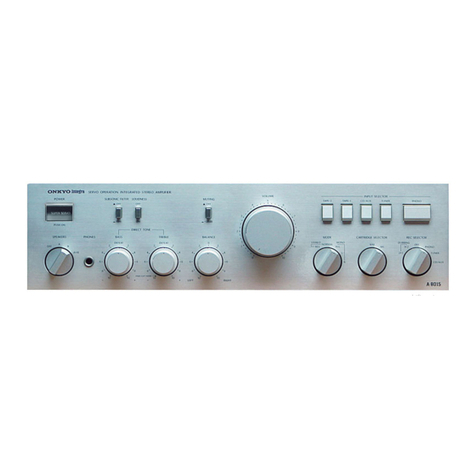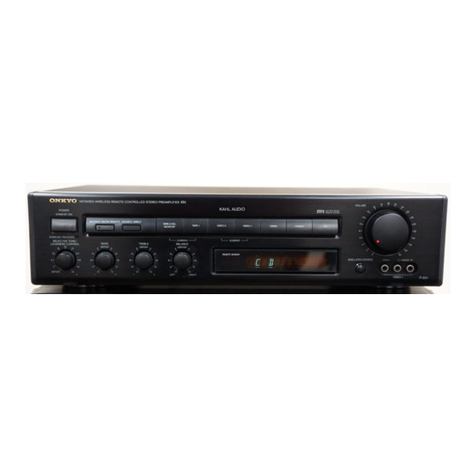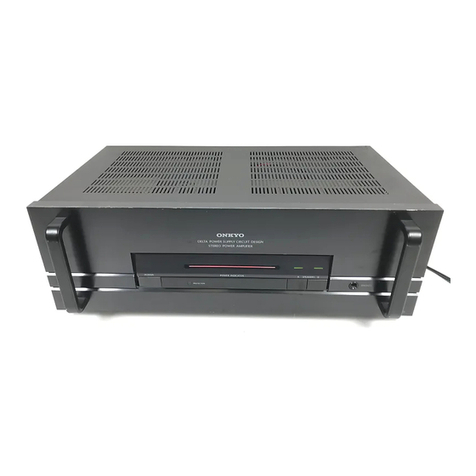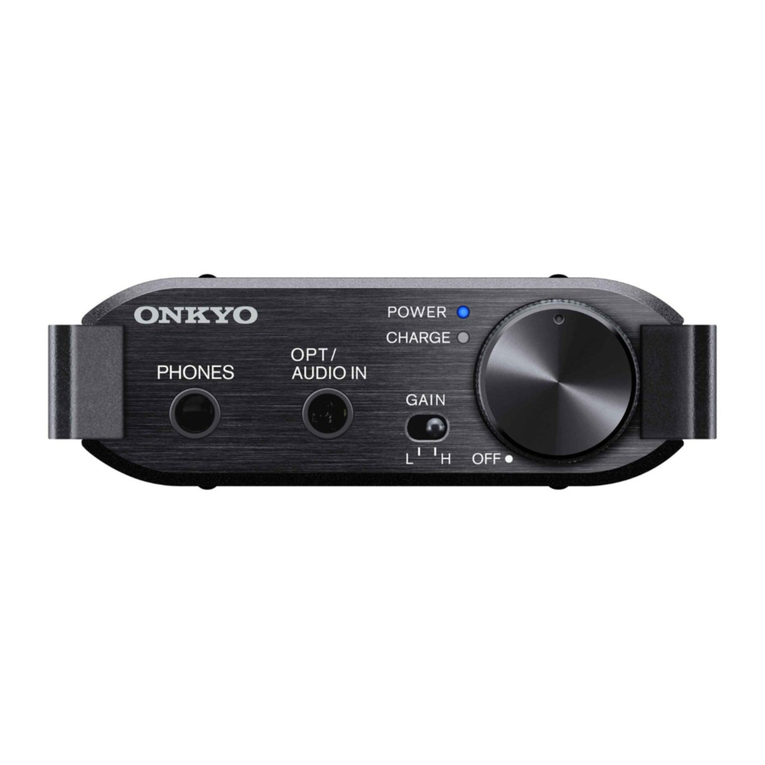Onkyo A-8700 User manual
Other Onkyo Amplifier manuals

Onkyo
Onkyo M-282 - Amplifier User manual
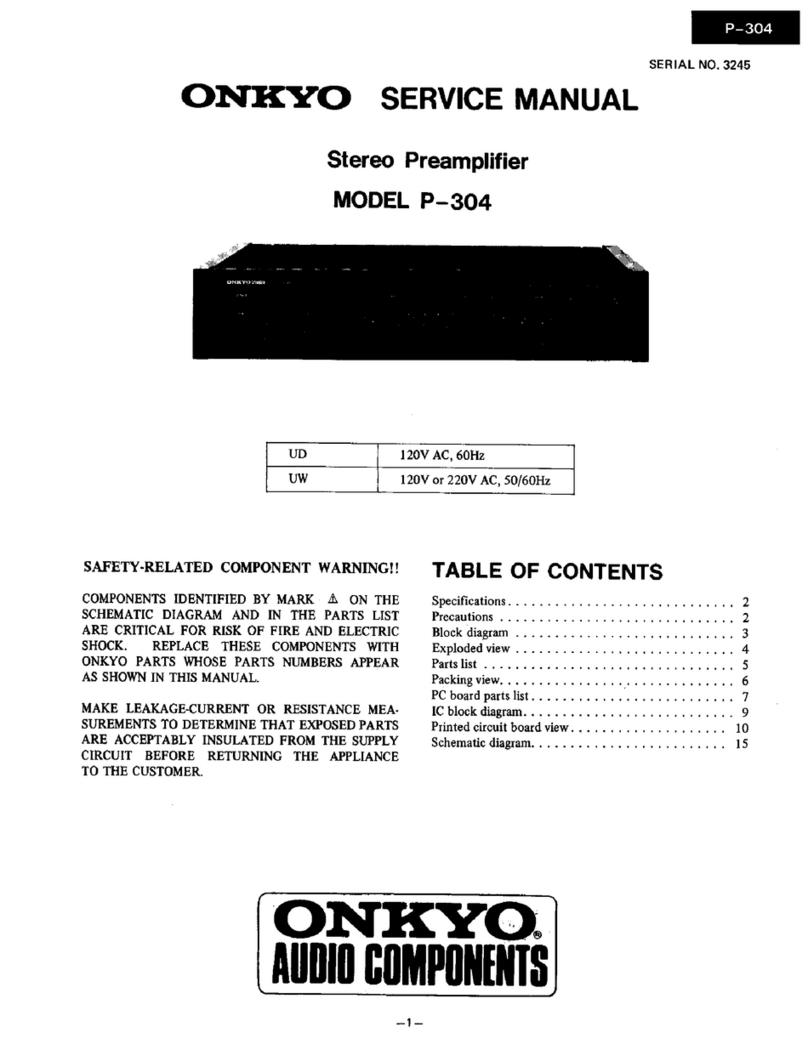
Onkyo
Onkyo P-304 User manual
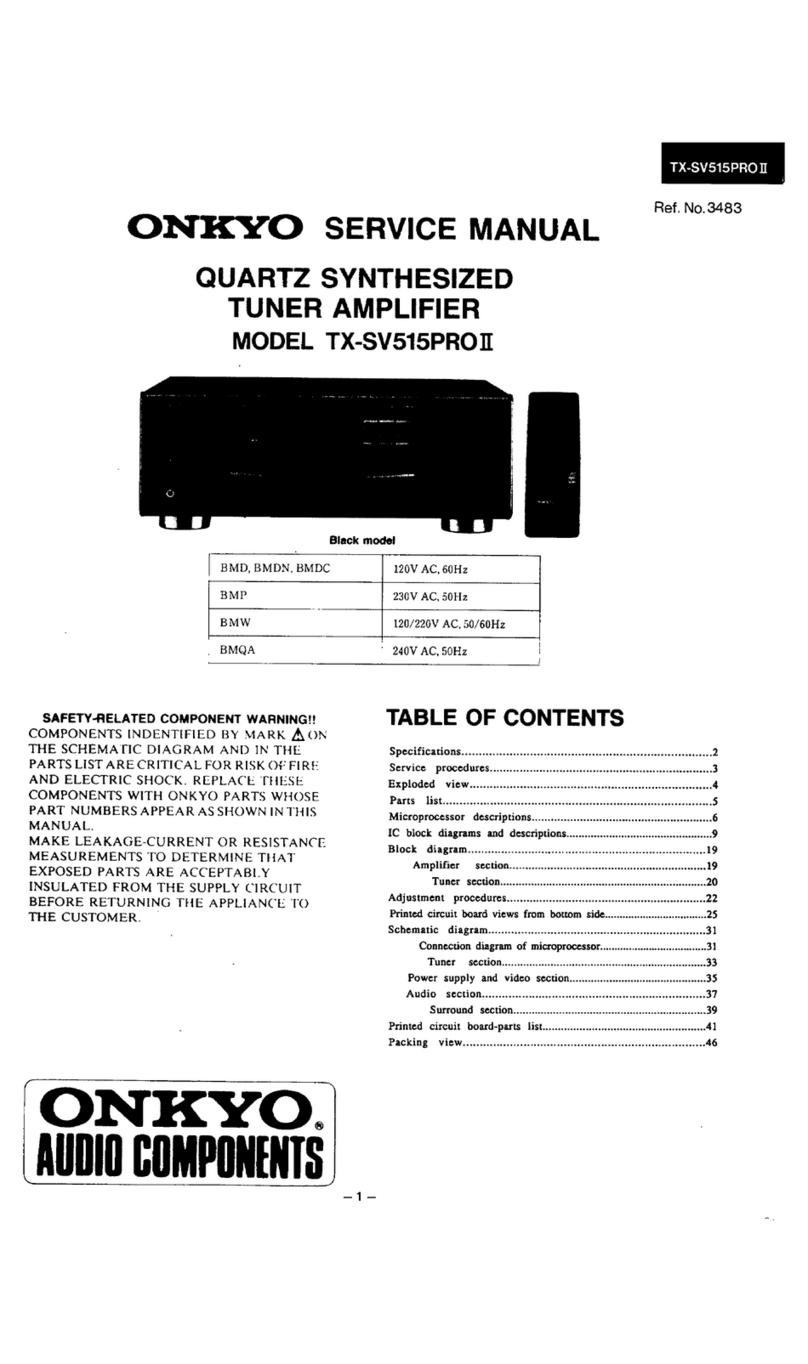
Onkyo
Onkyo TX-SV515PROII User manual
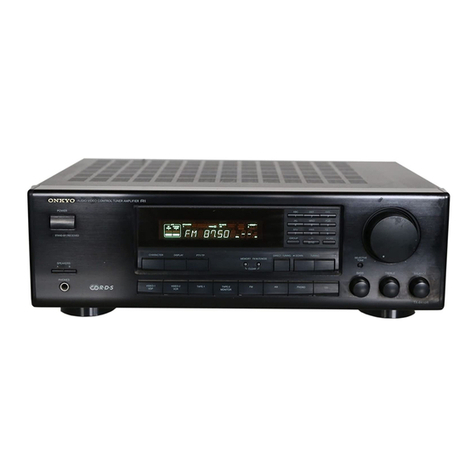
Onkyo
Onkyo TX-8410 User manual
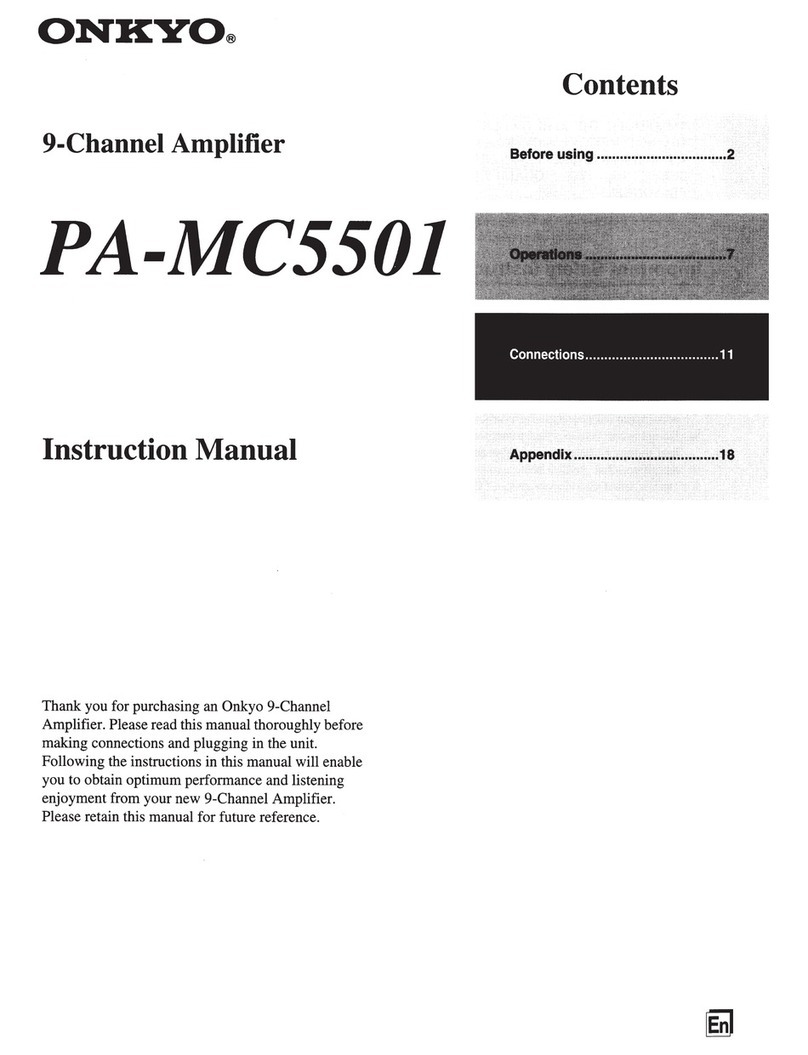
Onkyo
Onkyo PA-MCSSOl User manual
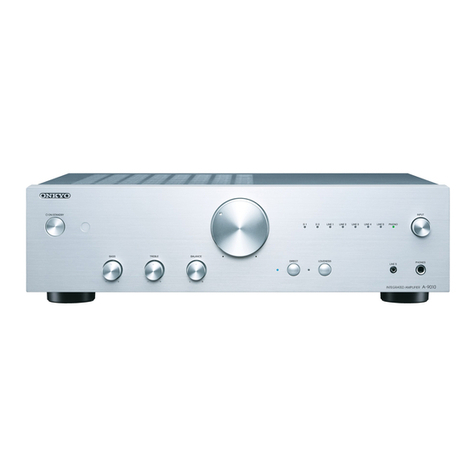
Onkyo
Onkyo A-9010 User manual
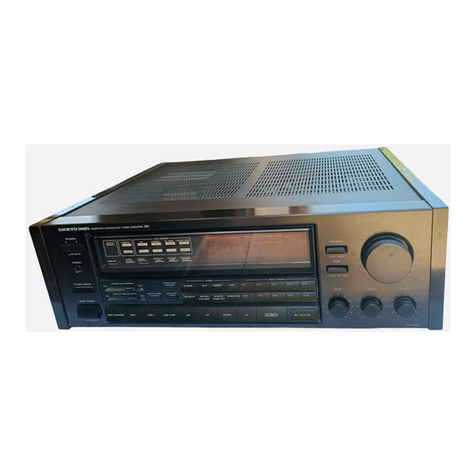
Onkyo
Onkyo TX-870 User manual

Onkyo
Onkyo M-504 User manual

Onkyo
Onkyo 9555 - A Amplifier User manual
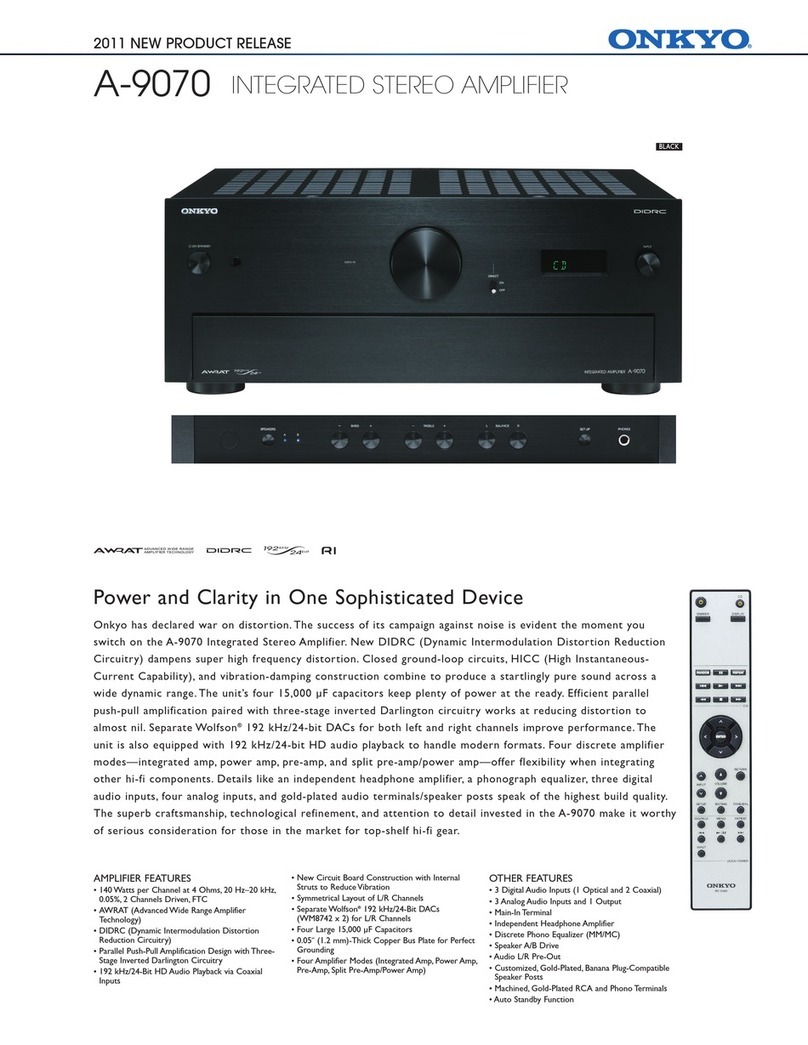
Onkyo
Onkyo A-9070 User manual
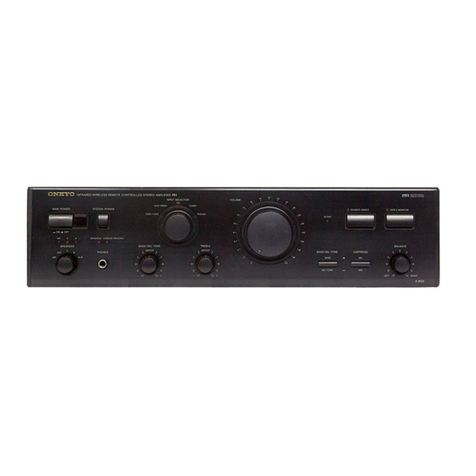
Onkyo
Onkyo A-803 User manual
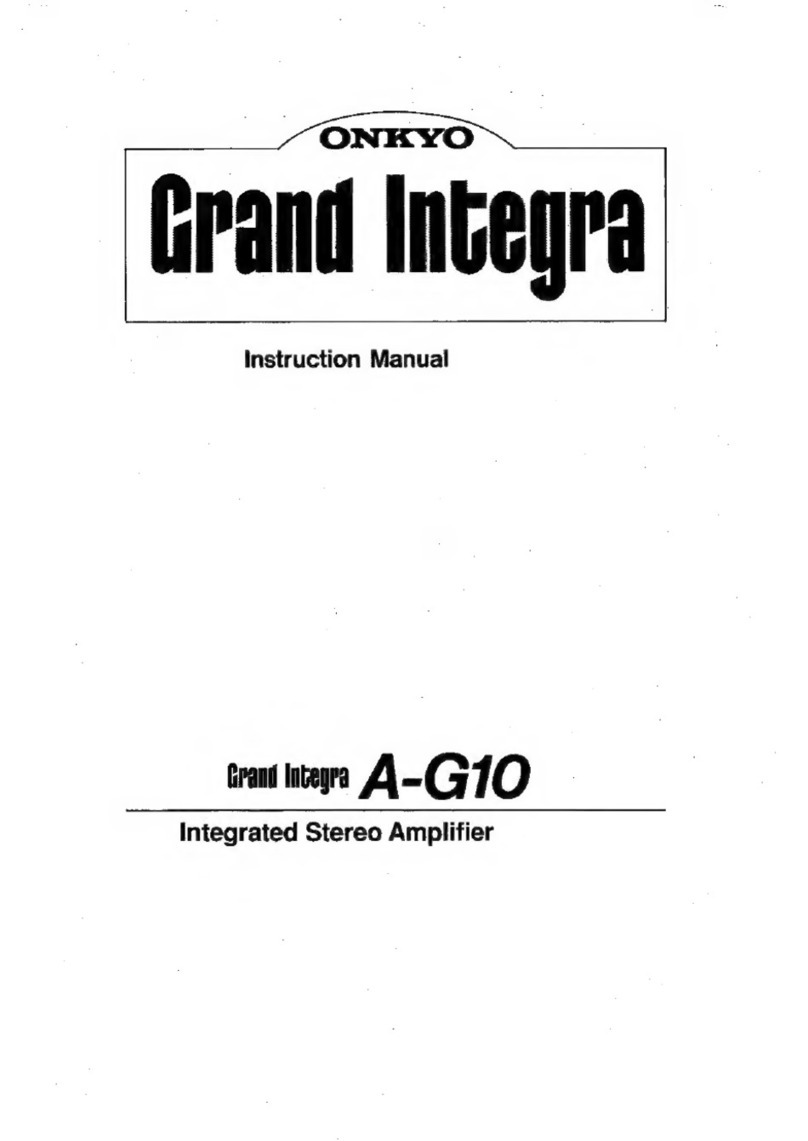
Onkyo
Onkyo Grand Integra User manual
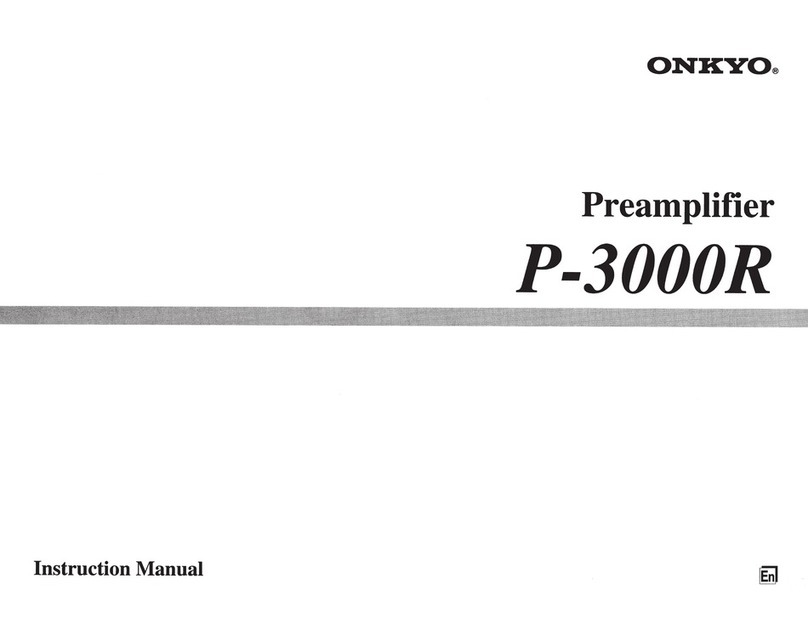
Onkyo
Onkyo P-3000R User manual
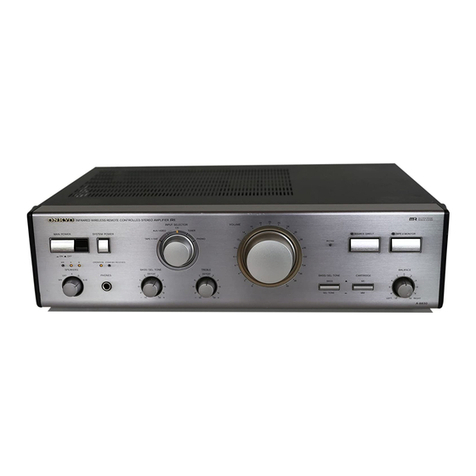
Onkyo
Onkyo A-8830 User manual
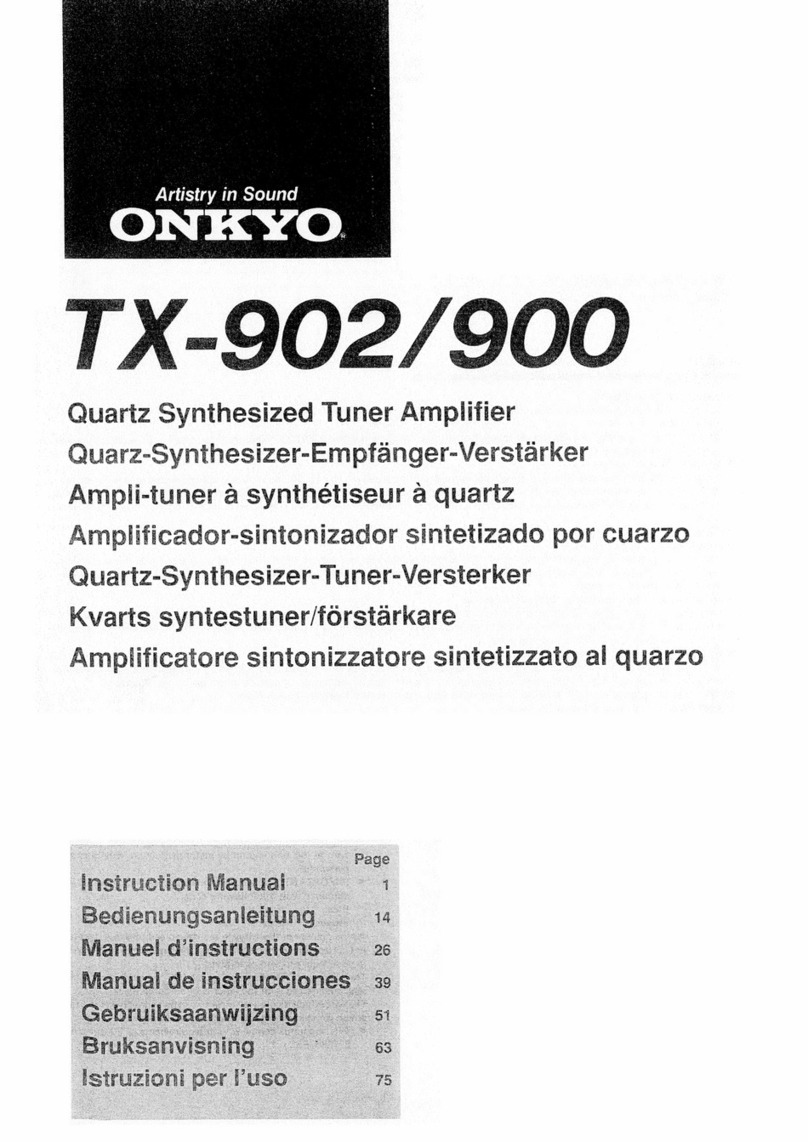
Onkyo
Onkyo TX-902 User manual
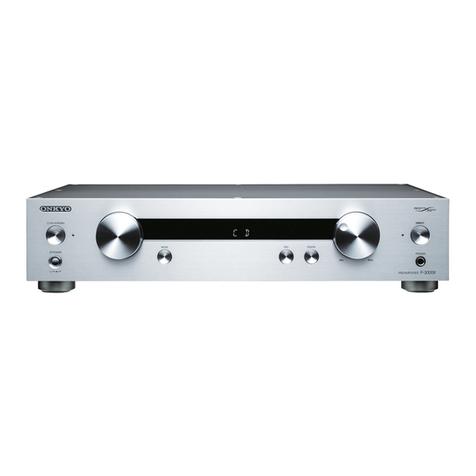
Onkyo
Onkyo P-3000R User manual
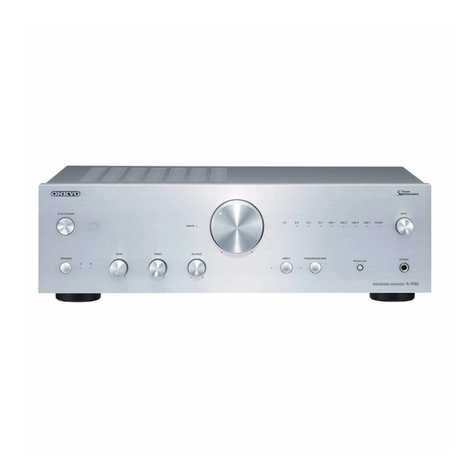
Onkyo
Onkyo A-9150 User manual
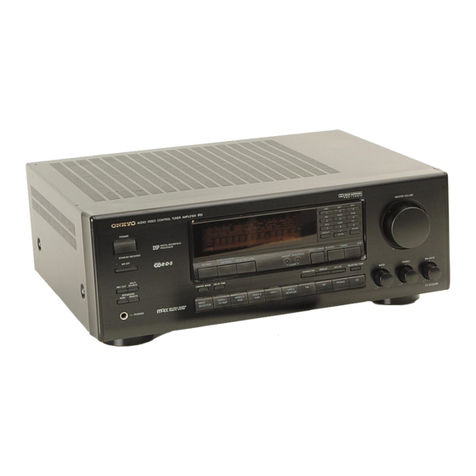
Onkyo
Onkyo TX-SV525 User manual

Onkyo
Onkyo M-5130 User manual
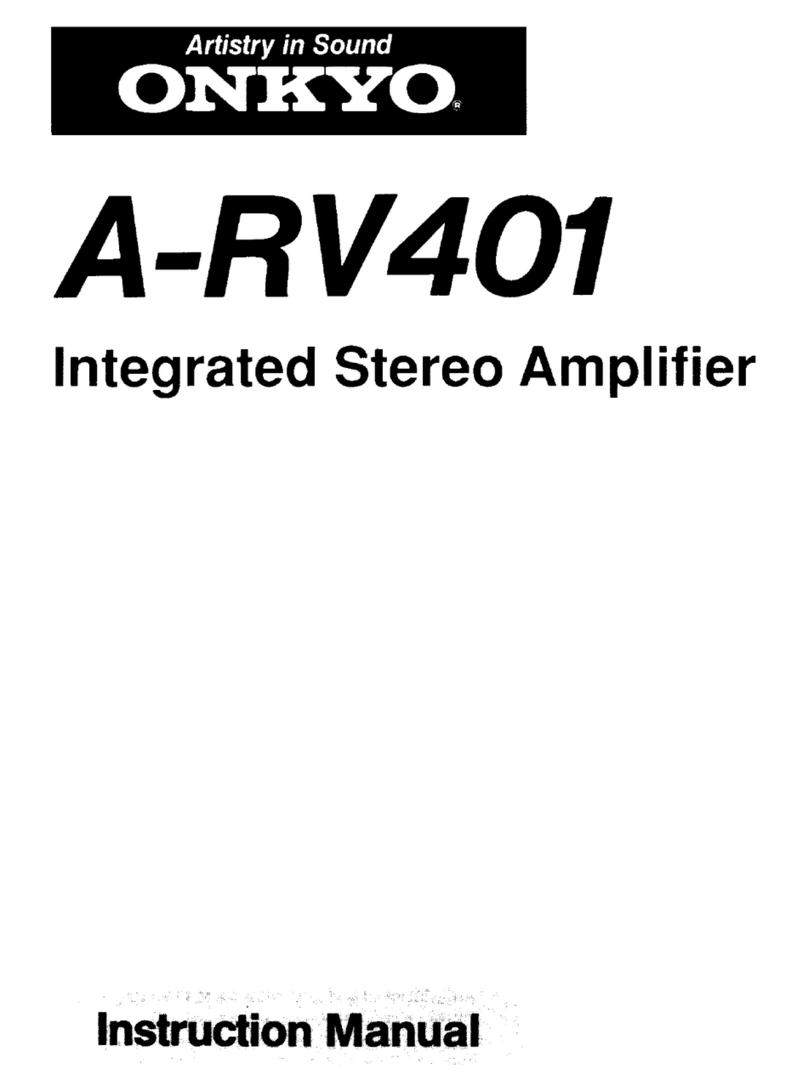
Onkyo
Onkyo A-RV401 User manual
